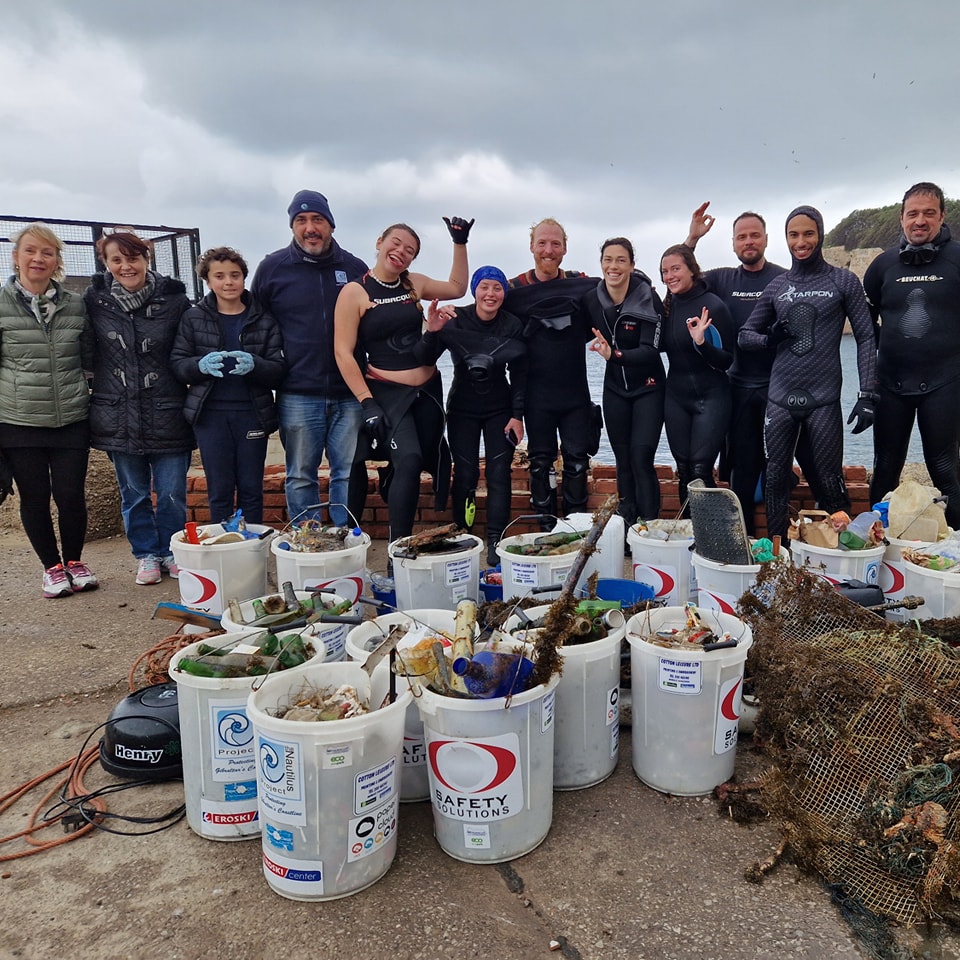Seagrass is a crucial marine plant that grows in shallow coastal waters around the world. Often overlooked in favor of more charismatic marine creatures like dolphins and whales, it’s a vital component of healthy oceans and is critical to the health and well-being of many marine species, including fish, turtles, and dugongs.
Despite its importance, it is under threat from a variety of human activities, including pollution, coastal development, and climate change. In this blog post, we will explore why seagrass is so important, why it is under threat, and what we can do to protect it.
The Importance of Seagrass
It plays a critical role in maintaining healthy marine ecosystems. Here are just a few of the ways in which seagrass benefits both the marine environment and human communities:
- Carbon storage: It is a highly effective carbon sink, meaning that it absorbs and stores large amounts of carbon dioxide from the atmosphere. In fact, seagrass meadows can store up to 18% of the ocean’s carbon.
- Habitat: it provides a habitat for a wide range of marine species, including fish, turtles, and dugongs. The meadows are also important nurseries for juvenile fish and other species.
- Water quality: Seagrass helps to improve water quality by filtering and trapping sediment and pollutants. Additionally it also plays a key role in stabilising the seafloor and preventing erosion.
- Food source: it is an important food source for many marine creatures, including manatees and sea turtles.
Why Seagrass is Under Threat
Despite its importance, human activities continue to put it under threat. Here are some of the main threats to it:
- Pollution: Pollution from agricultural runoff, sewage, and other sources can harm seagrass and reduce its ability to grow and thrive.
- Coastal development: Coastal development, including the construction of marinas and other infrastructure, can destroy seagrass habitats and fragment seagrass meadows.
- Climate change: Rising sea levels and increasing ocean temperatures due to climate change can also threaten seagrass habitats.
What You Can Do to Protect Seagrass
Protecting seagrass is crucial to maintaining healthy marine ecosystems. Here are a few things you can do to help protect seagrass:
- Reduce your carbon footprint: One of the best ways to help protect it is to reduce your carbon footprint. This can be done by using public transportation, biking or walking instead of driving, and reducing energy consumption in your home.
- Dispose of waste responsibly: Properly disposing of waste and avoiding littering can help reduce pollution in coastal areas and protect the habitats.
- Support conservation organisations: There are many organisations dedicated to protecting seagrass and other marine habitats. Supporting these through donations or volunteer work can make a big difference.

How Do We Help?
At Diving with Nic, we are committed to protecting seagrass and other marine habitats. As a digital Green Fin member, we are dedicated to promoting sustainable diving practices and reducing our impact on the environment. We also offer Dive Against Debris instructors who can teach divers how to safely remove marine debris from the ocean.
In addition, we are proud to participate in the Adopt The Blue program, which involves regular beach cleanups to help remove rubbish from coastal areas. We have completed an incredible amount of cleanups, removing a total of 1,137,00 kg of rubbish from the ocean and coastal areas.
At Diving with Nic, we are also committed to promoting reef-safe sunscreen policies. Sunscreen can harm seagrass and other marine life, so we promote the use of reef-safe sunscreens to minimise the impact on marine ecosystems.
It is a vital component of healthy marine ecosystems, and it is up to all of us to protect it. By taking steps to reduce our carbon footprint, dispose of waste responsibly, support conservation organisations, and promote sustainable diving practices, we can help ensure that seagrass and other marine habitats continue to thrive for generations to come.
We hope that this blog post has highlighted the importance of seagrass and the critical role it plays in maintaining healthy marine ecosystems. At Diving with Nic, we are committed to protecting seagrass and other marine habitats, and we encourage everyone to do their part to help protect these vital resources. Together, we can make a difference and ensure a sustainable future for our oceans.
